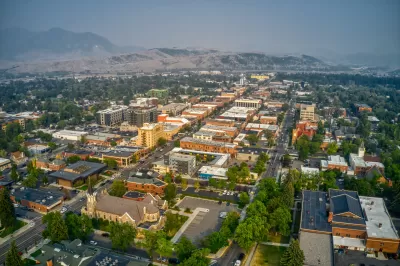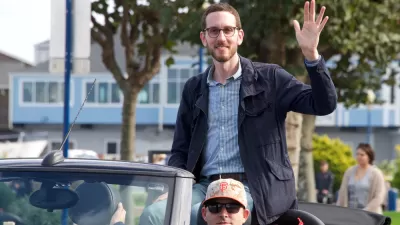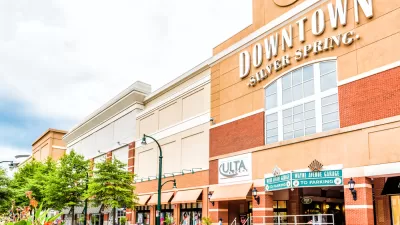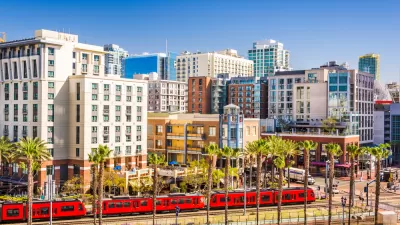In a bid to streamline housing permits, new state legislation limits public input to the land use planning stage.

Sweeping land use reform measures passed by the 2023 Montana legislature last year include big changes to public participation rules in the state. The legislation was aimed at reforming the state's land-use codes to address the housing crisis and was a top priority for Gov. Greg Gianforte, who charged legislators with cutting so-called red tape that stymies new development, reports Daily Interlake.
“Among the sweeping reform measures was Senate Bill 382 and the Montana Land Use Planning Act. The measure takes aim at not-in-my-backyard type public uprisings that frequently challenge proposals for new subdivisions or multi-family developments.”
The new law, which requires cities with 5,000 or more residents in counties exceeding 70,000 people to create a new land-use plan and map, marks a major departure from traditional public participation rules. Under these new rules, public stakeholders will have the opportunity to give input during the creation of the land-use plan. Once it is finalized, city staff will be able to sign off on projects without bringing it before a planning commission or city council for final approval.
“The whole idea behind this is to flip that, so that we do the planning and the public participation up front, we front-load it, then as we get to the permitting and the platting that becomes a very administrative process,” Montana League of Cities and Towns Executive Director Kelly Lynch told the Montana Free Press last year.
The law is facing legal challenges on constitutional grounds, but if upheld, it will reshape public participation in Montana’s larger cities. Then the question will be, will other states follow suit?
FULL STORY: Don't get caught off guard by new public participation rules

Maui's Vacation Rental Debate Turns Ugly
Verbal attacks, misinformation campaigns and fistfights plague a high-stakes debate to convert thousands of vacation rentals into long-term housing.

Planetizen Federal Action Tracker
A weekly monitor of how Trump’s orders and actions are impacting planners and planning in America.

Chicago’s Ghost Rails
Just beneath the surface of the modern city lie the remnants of its expansive early 20th-century streetcar system.

Bend, Oregon Zoning Reforms Prioritize Small-Scale Housing
The city altered its zoning code to allow multi-family housing and eliminated parking mandates citywide.

Amtrak Cutting Jobs, Funding to High-Speed Rail
The agency plans to cut 10 percent of its workforce and has confirmed it will not fund new high-speed rail projects.

LA Denies Basic Services to Unhoused Residents
The city has repeatedly failed to respond to requests for trash pickup at encampment sites, and eliminated a program that provided mobile showers and toilets.
Urban Design for Planners 1: Software Tools
This six-course series explores essential urban design concepts using open source software and equips planners with the tools they need to participate fully in the urban design process.
Planning for Universal Design
Learn the tools for implementing Universal Design in planning regulations.
planning NEXT
Appalachian Highlands Housing Partners
Mpact (founded as Rail~Volution)
City of Camden Redevelopment Agency
City of Astoria
City of Portland
City of Laramie





























